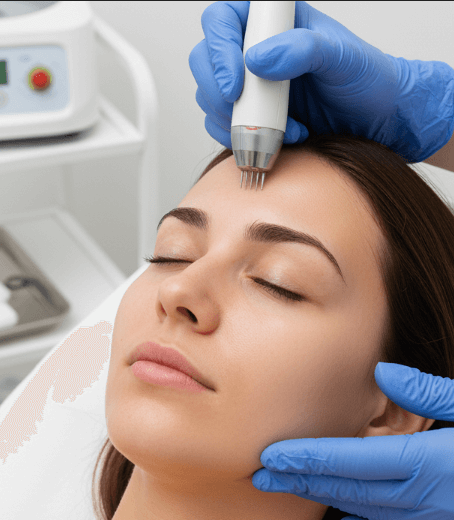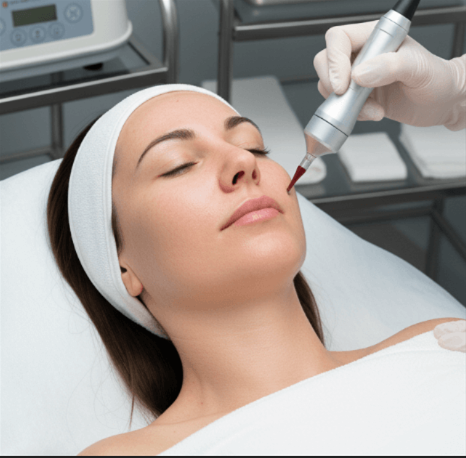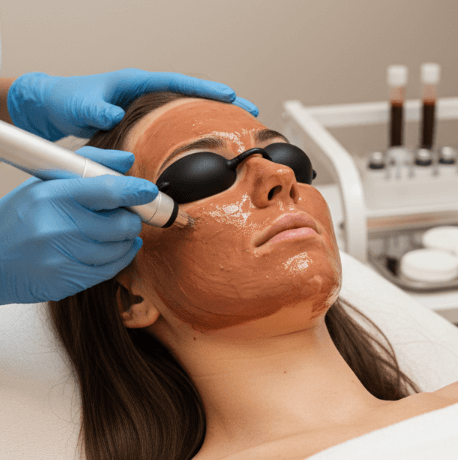Traveling to South Korea for surgery is a major decision—and preparing well for the post-surgery recovery period is just as crucial as selecting the right surgeon. South Korea’s reputation for safe, effective, and patient-centered medical care extends into its recovery programs, especially for international patients. But to make the most of your healing journey, advance planning is essential.
Here’s your comprehensive guide on how to prepare for post-surgery recovery in Korea as a medical tourist.
✅ 1. Choose a Clinic That Offers Integrated Recovery Services
Not all clinics offer full post-surgery recovery support. To avoid unnecessary stress, select a medical provider that includes or coordinates:
- Recovery accommodations (with medical beds and nurse access)
- On-site or nearby physical therapy and wound care
- Transportation and language support
- 24/7 assistance for international patients
📝 Tip: Clinics like Banobagi, JK Plastic Surgery, Jaseng Hospital, and Bumin Hospital are known for their structured recovery programs.
✅ 2. Book a Dedicated Recovery Accommodation
After surgery, you won’t want to stay in a regular hotel. Many Korean clinics partner with or recommend recovery guesthouses or medical hotels that include:
- Adjustable hospital-grade beds
- On-call nurses and caregivers
- Post-surgical meals (soft foods, anti-inflammatory diets)
- Basic medical supplies and emergency protocols
📦 Ask your clinic if your package includes this—or request assistance in booking one.
✅ 3. Schedule Enough Time in Korea for Recovery
Don’t underestimate your recovery timeline. The healing period varies based on the procedure:
- Minor cosmetic surgeries (blepharoplasty, fillers): 5–7 days
- Major plastic surgery (facelift, rhinoplasty, body contouring): 2–3 weeks
- Orthopedic/spinal procedures: 3–6 weeks
- Fertility treatments or internal surgery: 10–21 days
📅 Plan to stay longer than your surgeon’s minimum recommendation to ensure you’re stable before flying home.
✅ 4. Pack Smart for Recovery
What you pack can make a big difference during your healing process. Essentials include:
- Loose, comfortable clothing that’s easy to remove
- Compression garments (if recommended)
- Travel neck pillow, sleep mask, and blanket
- Medications from home (with prescriptions translated if needed)
- Skincare products or wound-care creams recommended by your clinic
- Portable heating pad or ice pack
- Entertainment (books, tablet, Netflix downloads)
✈️ Also pack copies of your medical documents and travel insurance info in both English and Korean if possible.
✅ 5. Understand the Post-Op Timeline and Instructions
Before flying, clarify with your clinic:
- How many post-op visits you’ll need before you leave
- When you’ll be cleared to fly
- What restrictions you’ll have (e.g., movement, diet, bathing)
- Which medications or aftercare supplies are provided vs. what you need to buy
📱 Many clinics provide a pre-surgery consultation guide—request one early and review it thoroughly.
✅ 6. Arrange for a Translator or Use Clinics with Multilingual Support
If you don’t speak Korean, language could become a barrier, especially during recovery. Luckily, many top clinics offer:
- English, Chinese, Japanese, Russian patient coordinators
- Translated aftercare instructions
- 24/7 chat or phone assistance
📲 You can also use apps like Papago or Google Translate, but nothing beats human translation when discussing medical instructions.
✅ 7. Consider Bringing a Travel Companion
Recovering in a foreign country is easier with a loved one. Many clinics and recovery accommodations:
- Allow a guest to stay with you
- Provide meals and services for both of you
- Offer private rooms for privacy and comfort
👫 Having a friend or family member can offer emotional support, help you move around, and even translate.
✅ 8. Plan for Limited Physical Activity
You’ll likely be restricted from:
- Long walks or tours
- Lifting heavy bags
- Using stairs frequently
- Eating spicy or hard-to-chew foods
🧘 Focus your itinerary on rest, hydration, nutrition, and basic movement, not sightseeing. Some recovery guesthouses offer massage, IV therapy, or spa services on-site for wellness without exertion.
✅ 9. Know What to Expect After You Leave Korea
Your surgeon will provide:
- A post-op report and discharge summary (often translated)
- Recommendations for further care at home
- Emergency contact information
- Instructions for wound care, dietary limits, and medication tapering
💻 Some clinics even offer telemedicine follow-up consultations after you return home. Ask your provider to schedule one in advance.
✅ 10. Have Travel Insurance That Covers Complications
Standard travel insurance may not cover medical complications. Look into:
- Specialized medical travel insurance
- Coverage for extended stays, cancellations, and rebooking
- Providers like Global Protective Solutions, Allianz Medical Travel, or IMG
🛡 This gives peace of mind in case you need to stay longer or face unexpected recovery delays.
Final Thoughts
Preparing for your post-surgery recovery in Korea as a medical tourist requires smart planning—but with the country’s world-class facilities, multilingual care, and integrated wellness programs, your experience can be smooth, safe, and even enjoyable.
Take the time to research your clinic, book appropriate accommodations, and plan your recovery logistics in detail. With the right preparation, you can focus entirely on healing and returning home rejuvenated.




